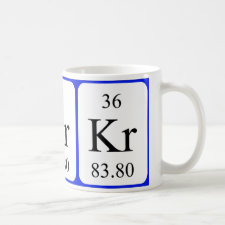
Authors: Xie CS, Wei SL, Chen D, Lan WY, Yan ZJ, Wang ZX
Article Title: Preparation of magnetic ion imprinted polymer with waste beer yeast as functional monomer for Cd(II) adsorption and detection.
Publication date: 2019
Journal: RSC Advances
Volume: 9
Issue: (41)
Page numbers: 23474-23483.
DOI: 10.1039/C9RA03859K
Abstract: In this work, a magnetic ion imprinted polymer (MIIP) with specific recognition capability toward cadmium was prepared by a sol-gel method using waste beer yeast, which is a macromolecule biomass, as a functional monomer. The obtained Cd(II)-MIIP was characterized using scanning electron microscopy (SEM), Fourier transform infrared (FTIR) spectroscopy and adsorption experiments. Then, a MIIP adsorbent based magnetic solid phase extraction (MSPE)-graphite furnace atomic absorption (GFAA) method was established to analyze the cadmium content in food and environmental samples. The maximum cadmium adsorption capacities by the MIIP and magnetic non-imprinted polymer (MNIP) were 62.74 and 32.38 mg g-1, respectively. The absorption by the MIIP was fitted using a pseudo-second-order kinetic model. The Cd(II)-MIIP demonstrated superior absorption capability for selective removal cadmium. The recovery rate of the MIIP was 90.7% after four adsorption-desorption cycles. The calculated Cd(II) detection limit (S/N = 3) was 0.18 μg L-1 with the relative standard deviation (RSD) equal to ~3.5% for 10 μg L-1 of Cd(II) standard solution. Our proposed method was successfully used in detecting Cd(II) in aqueous samples. The results obtained in this work suggest that the Cd(II)-MIIPs might be promising adsorbents to remove harmful cadmium ions from aqueous samples
Template and target information: cadmium ion, Cd(II)



Join the Society for Molecular Imprinting

New items RSS feed
Sign-up for e-mail updates:
Choose between receiving an occasional newsletter or more frequent e-mail alerts.
Click here to go to the sign-up page.
Is your name elemental or peptidic? Enter your name and find out by clicking either of the buttons below!
Other products you may like:
 MIPdatabase
MIPdatabase









